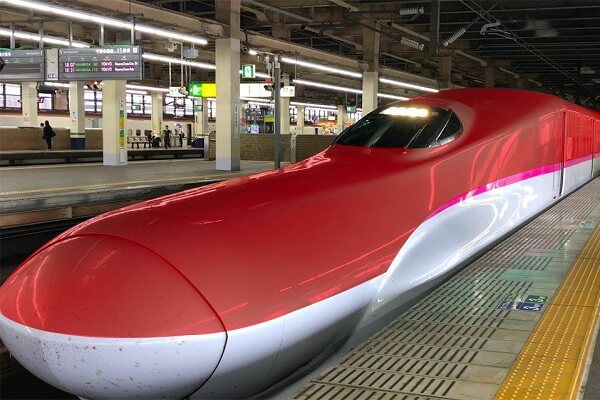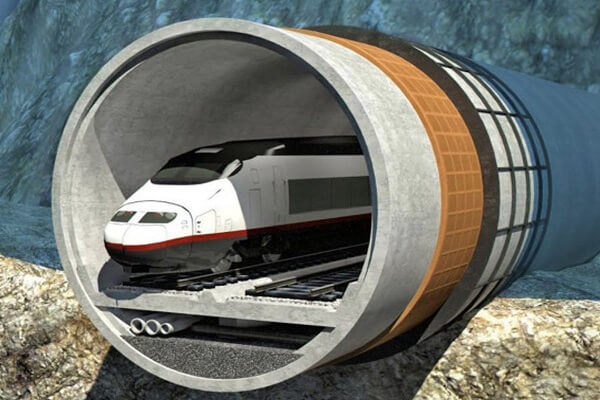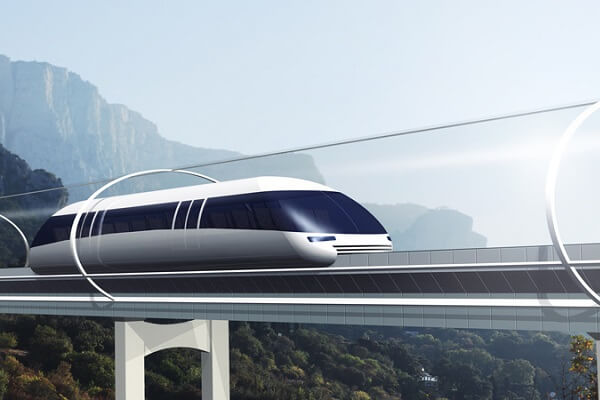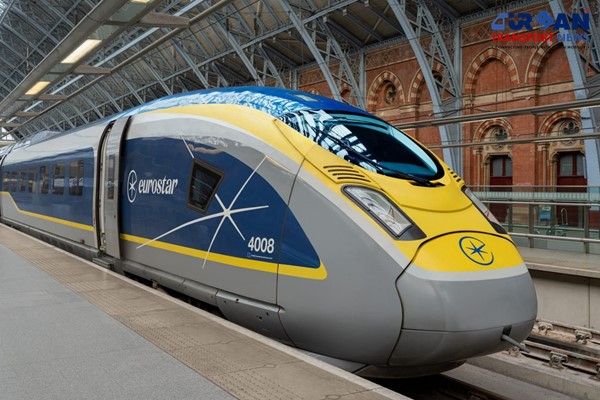 Delhi unveils ambitious Urban Mobility Vision: Luxury Metro Coaches, New Tunnels and Pod Taxi
Delhi unveils ambitious Urban Mobility Vision: Luxury Metro Coaches, New Tunnels and Pod Taxi Qatar approves Saudi Rail Link Agreement, Accelerating Gulf Railway Vision 2030
Qatar approves Saudi Rail Link Agreement, Accelerating Gulf Railway Vision 2030 UP Govt plans to introduce Water Metro services in Ayodhya, Varanasi & Prayagraj
UP Govt plans to introduce Water Metro services in Ayodhya, Varanasi & Prayagraj India’s First Urban Ropeway begins Trial Run in Varanasi, Set to carry 1 Lakh passengers daily
India’s First Urban Ropeway begins Trial Run in Varanasi, Set to carry 1 Lakh passengers daily India and Bhutan to Build First-Ever Rail Link: ₹4,033 Cr Project to Boost Regional Connectivity
India and Bhutan to Build First-Ever Rail Link: ₹4,033 Cr Project to Boost Regional Connectivity Patna to launch Eco-Friendly Water Metro; Trial Run soon between Digha and Kangan Ghats
Patna to launch Eco-Friendly Water Metro; Trial Run soon between Digha and Kangan Ghats Air India Group set to launch Flights Operations from Navi Mumbai International Airport
Air India Group set to launch Flights Operations from Navi Mumbai International Airport Chennai to launch 25-Year Mobility Plan with Unified QR Ticketing and One-App Transit System
Chennai to launch 25-Year Mobility Plan with Unified QR Ticketing and One-App Transit System Kochi Metro bags ₹4.4 crore contract to prepare DPR for Mumbai Water Metro Proejct
Kochi Metro bags ₹4.4 crore contract to prepare DPR for Mumbai Water Metro Proejct Navi Mumbai International Airport set for September launch; IndiGo and Akasa Air to lead Operations
Navi Mumbai International Airport set for September launch; IndiGo and Akasa Air to lead Operations
India's Bullet train project is human and eco-friendly: Prime Minister Narendra Modi

New Delhi, India (Urban Transport News): “Bullet train project is human-friendly and eco-friendly. The project provides ‘Suvidha’ and Suraksha, it brings ‘Rozgar’ and ‘Raftar’,” said Prime Minister Narendra Modi.
Lifeline of the Nation, Indian Railways brings home the Japanese Shinkansen, colloquially known as the bullet train. The Shinkansen E5 series are high-speed Japanese trains built by Japanese Industries. They can run at 320 kmph and are 3.35m wide. These trains will come equipped with an Advanced Driver Support System and Urgent Earthquake Detection and Alarm System (UrEDAS). The trains will also be modified to operate under Indian temperatures. The Mumbai Ahmedabad High-Speed Rail (MAHSR) corridor will be the first to operate 24 of these high-speed bullet trains in the country. India’s first High-Speed Rail (HSR) project, MAHSR, will expand over 508 km.
The Mumbai-Ahmedabad High Speed Rail corridor comprises 460.3 km of viaducts, 25.87 km of tunnels, 12.9 km of cut and fill, and 9.22 km of bridges. A 21 km underground tunnel will connect Bandra Kurla Complex in Mumbai to Thane, of which 7 km will be undersea. The undersea tunnel was chosen to avoid damaging the thick vegetation and wildlife present in the area. This tunnel will be India’s first and longest undersea rail tunnel illustrating India’s engineering prowess. The tunnel will be a single tube with a diameter of 13.2 m and will be built in phases using both the New Austrian Tunnelling Method (NATM) and Tunnel Boring Machine (TBM) methods.
Progress so far
1) 75 KM Pier work completed in Gujarat section
2) 156 KM of piling work completed in Gujarat section
3) Work on all 8 stations in Gujarat, under various stages of completion
4) 100% civil & track contracts awarded for section of 352 KM
The Railway Ministry has assigned the work for the survey and preparation of a Detailed Project Report (DPR) for seven other High-Speed Rail (HSR) corridors to the National High Speed Rail Corporation Limited (NHSRCL). These corridors include Delhi — Varanasi, Delhi — Amritsar, Delhi — Ahmedabad, Mumbai — Nagpur, Mumbai — Hyderabad, Chennai — Bangalore — Mysore, and Varanasi — Howrah.
To promote the spirit and implementation of the “Make in India” initiative, research departments and Railway Universities are being set up by the Ministry to conduct research and implement the present and upcoming projects. One such university was inaugurated at the National Academy of Indian Railways, Vadodara, in 2018. Other such institutions involve MCRT- IIT BHU, CRR- IIT Kharagpur, and Research Design and Standards Organization (RDSO).
Indian Railways has taken a much-needed step towards strengthening the country’s infrastructure. Bullet trains will undoubtedly improve the quality of life, boost the economy, generate employment, reduce air pollution and traffic congestion, and provide a “safety valve” for crowded cities, especially in a developing country like India.







